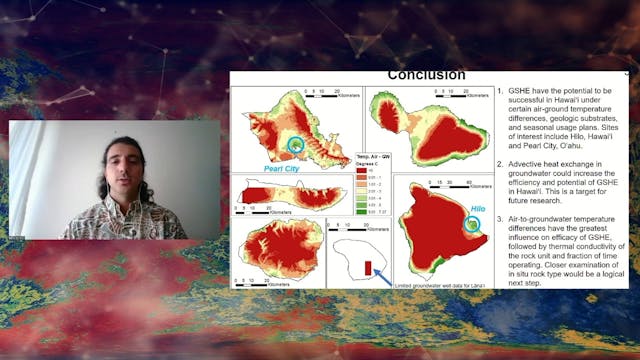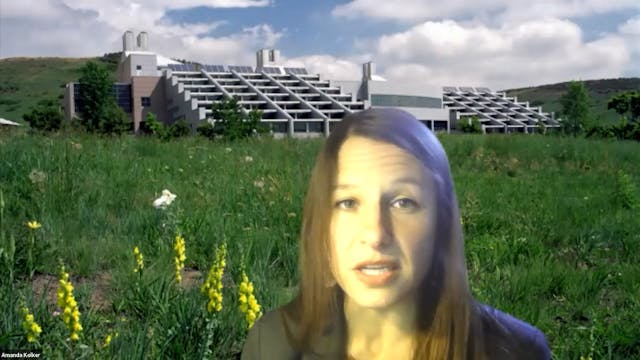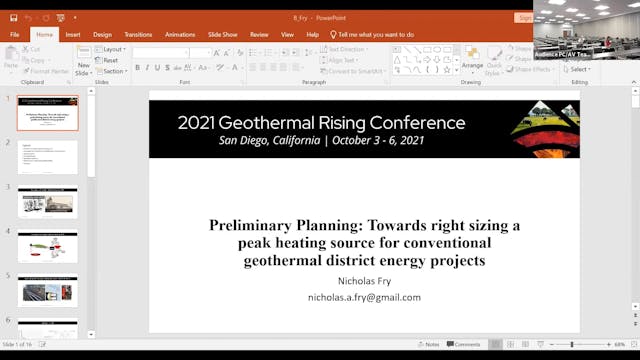Groundwater Flow and Heat Transport Modelling at Zeta Valley Aquifer (E-Poster)
Direct Use
•
10m
An intergranular aquifer in the Zeta Valley (Montenegro) represents one of the largest groundwater reservoirs in the region. The depth to the water table is around 20 m on average, so the temperature of the groundwater remains almost constant throughout the year (around 14°C). The quantitative and thermal characteristics of this intergranular aquifer could allow for the wider exploitation of its geothermal potential via open loop systems (groundwater heat pump systems), which are not sufficiently used in Podgorica, Montenegro's capital city. The MODFLOW code was applied in order to develop a regional groundwater flow model of the Zeta Valley aquifer system, which represents a base for further detailed heat transport modelling. For the purposes of a heat transport simulation between productive and injection wells on a pilot site (the location of a planned building in Podgorica) the MT3DMS code was used. According to the regional groundwater model, the total mean annual flow through the Zeta Valley intergranular aquifer amounts to 11.62 m3/s. The heat transport simulation has shown that the thermal impact of the injection well extends around 25 m upstream (with an injection rate of around 30 l/s and injected water with a temperature of 7 °C). The results obtained from the heat transport model for the pilot site could represent a basis for further preliminary assessments of the necessary distance between productive and injection wells in the Zeta Valley aquifer, but modelling is recommended in each individual case. This study could be proposed as an initial step for the assessment of geothermal potential in Montenegro as part of the ongoing European COST Action “Research network for including geothermal technologies into decarbonized heating and cooling grids” (CA18219).
Up Next in Direct Use
-
Ground-source Heat Exchangers for Coo...
We investigate the potential of ground source heat exchangers (GSHE) for HVAC, particularly in cooling applications, in the tropical environment of Hawai‘i. Recent studies in Southeast Asia showcase the capacity of GSHE for space cooling in tropical environments (Yasukawa and Uchida, 2018). In Ha...
-
GRC 2021 Direct Use Panel
-
GRC 2021 District Heating Session



